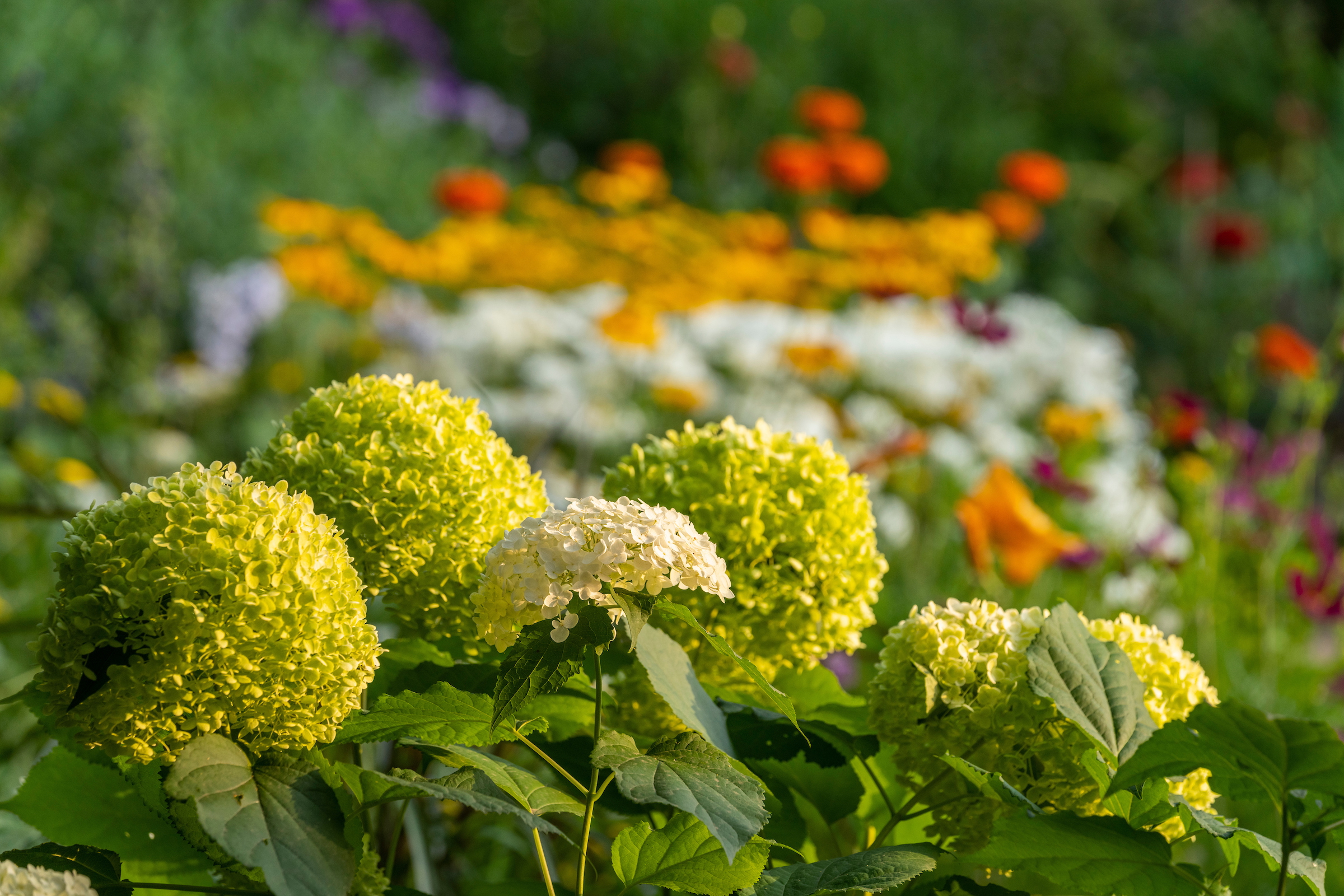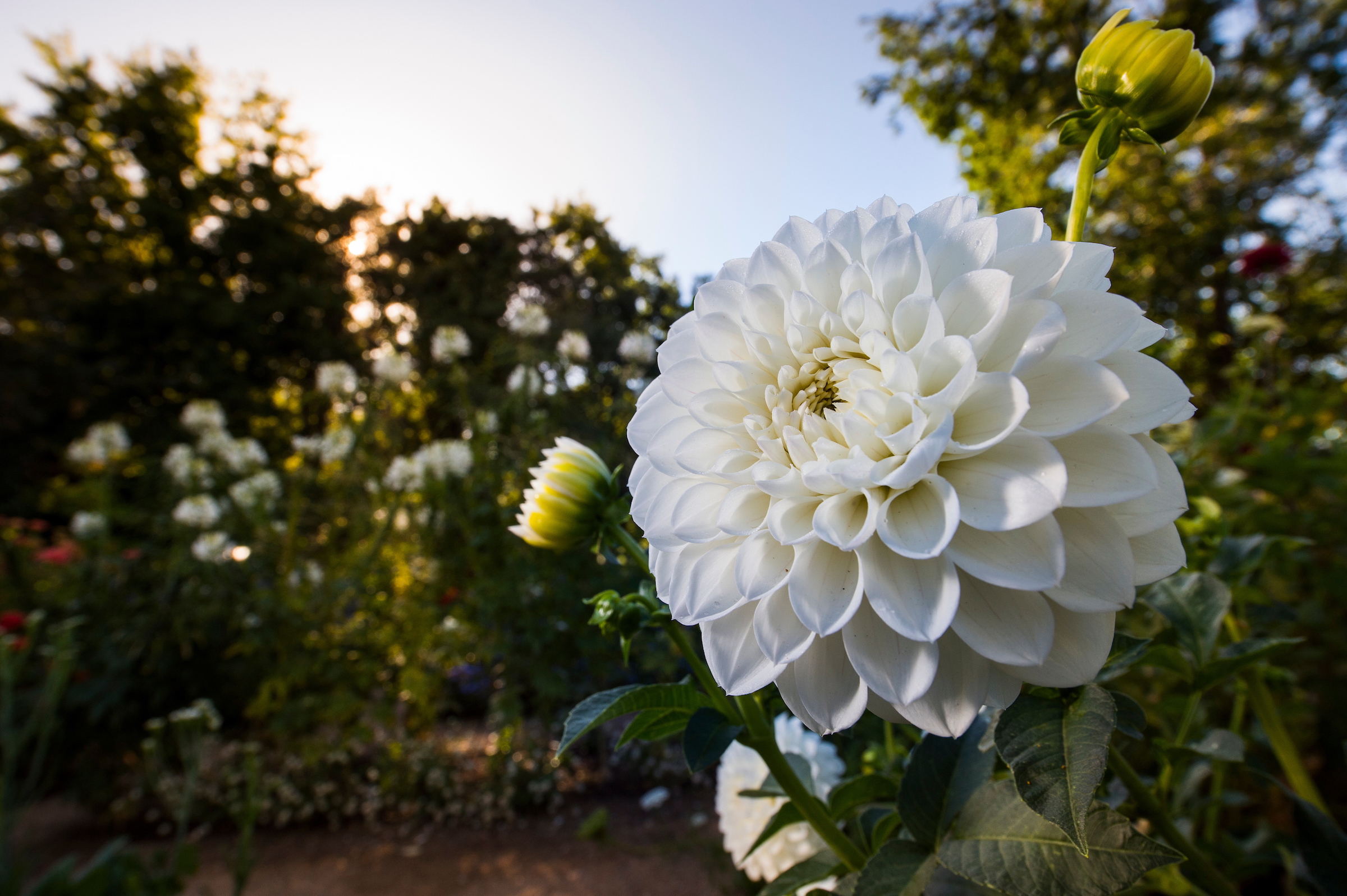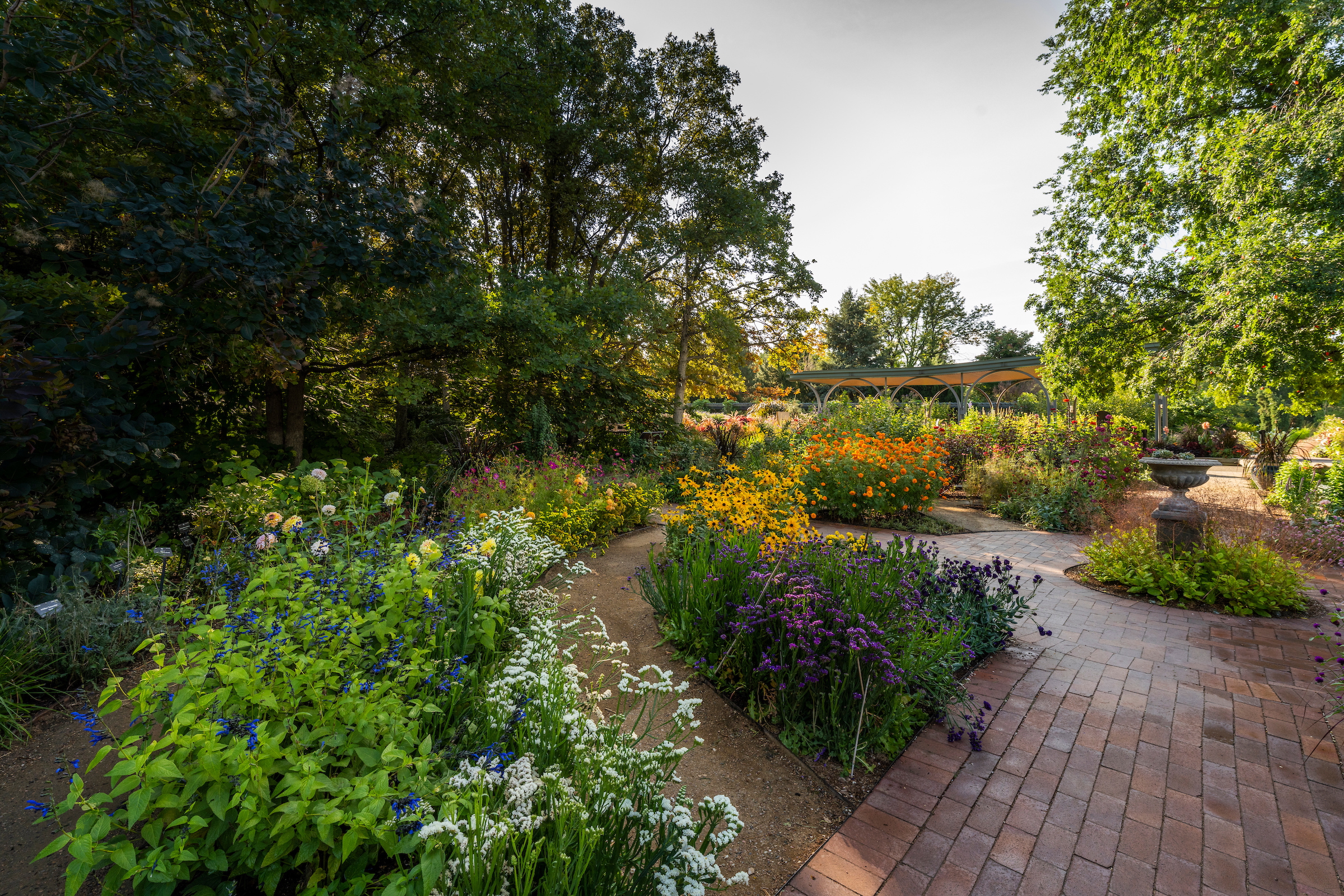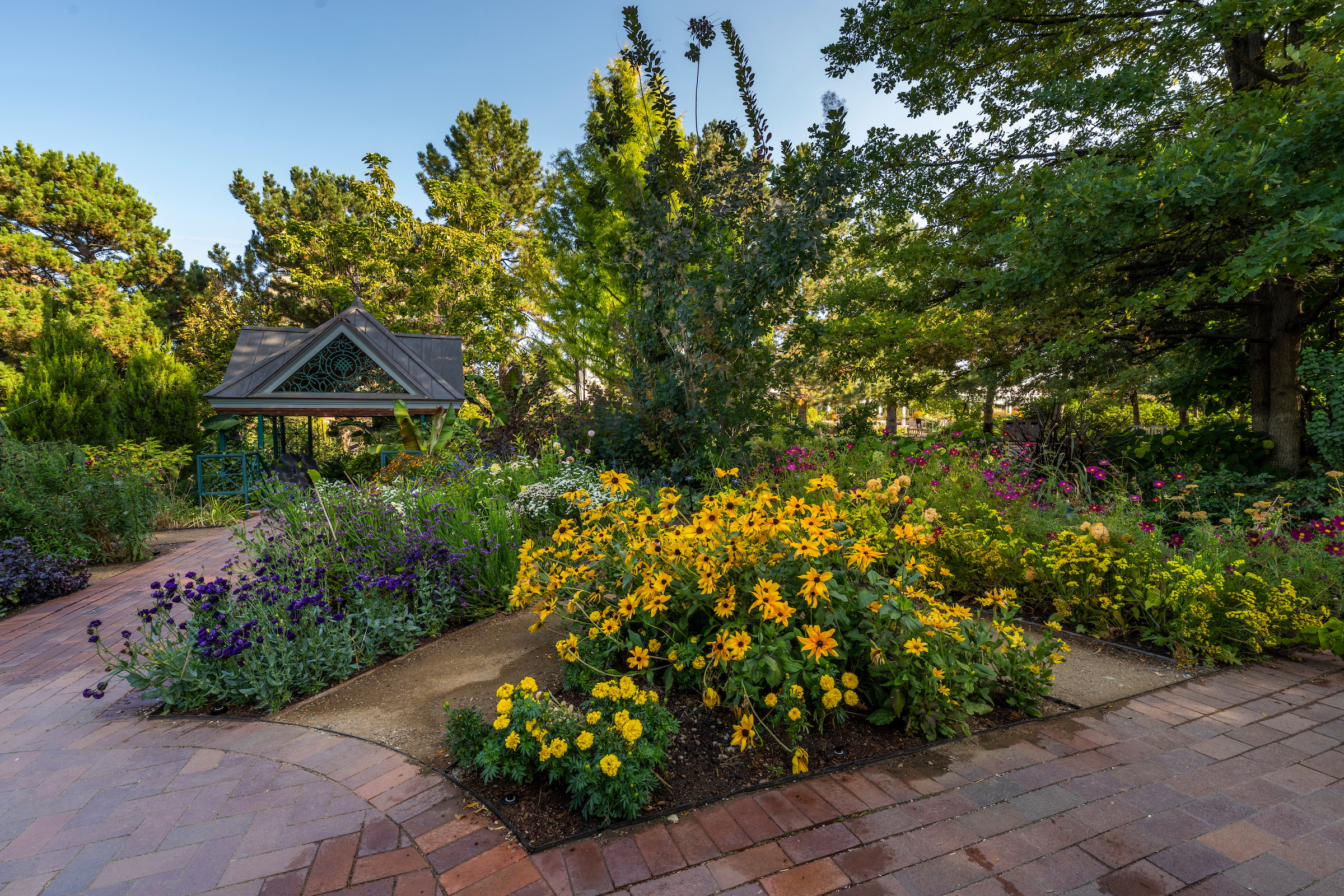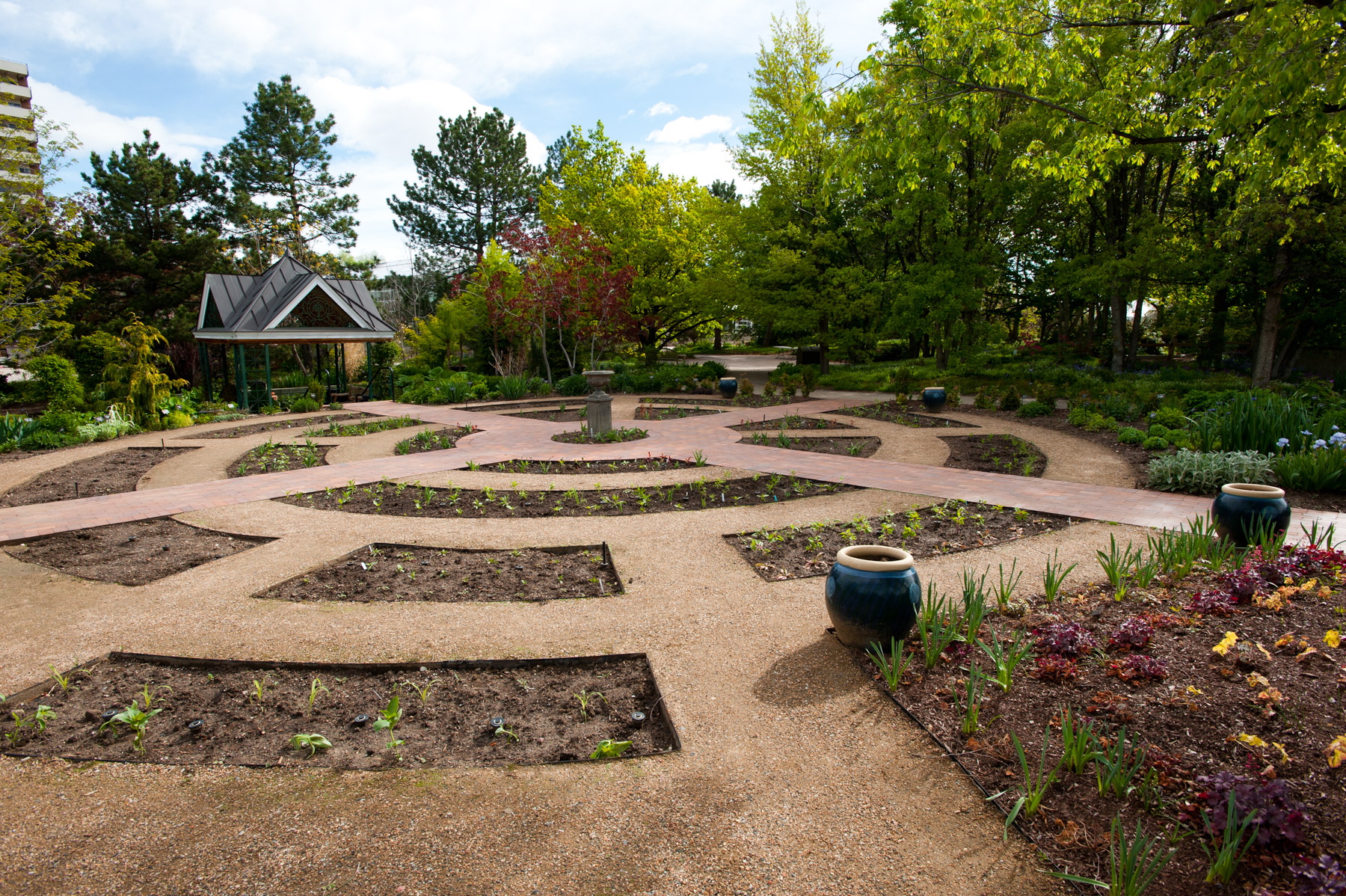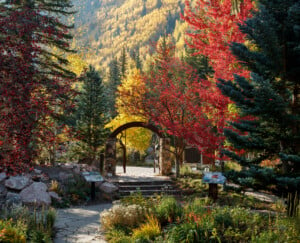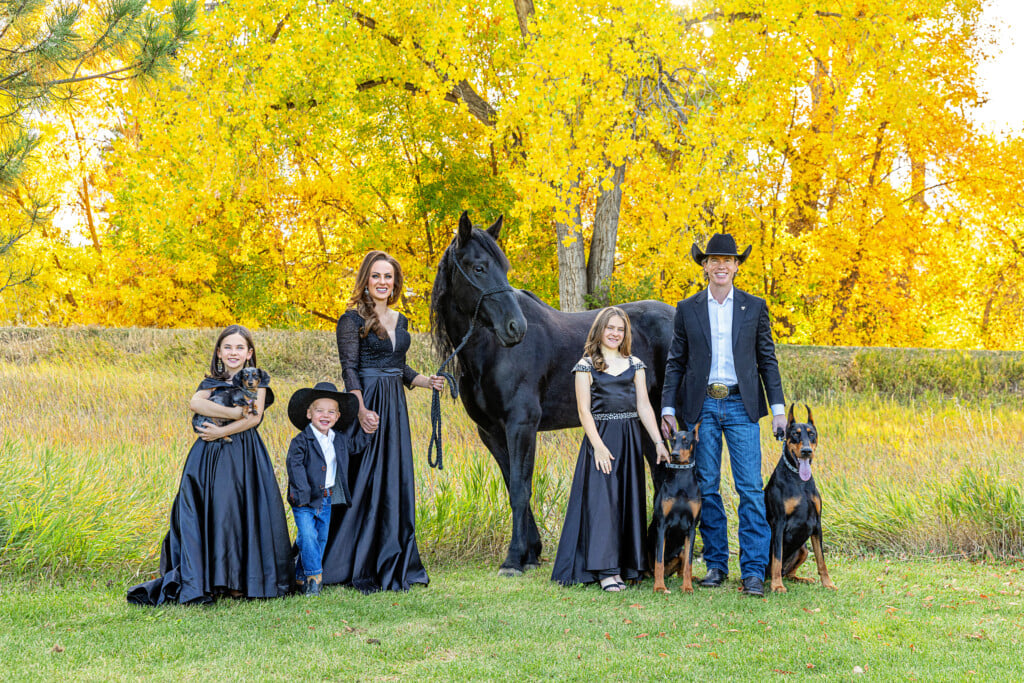Cultivate Your Garden With Inspiration From Lainie’s Cutting Garden
Tips and tricks for starting a beautiful cutting garden
Alyssa Scott, assistant manager of horticulture at Denver Botanic Gardens, knows a thing or two about creating a cutting garden—a collection of perennials, annuals and ornamental grasses for use in fresh or dried arrangements.
Scott oversees Lainie’s Cutting Garden at the York Street location and offers ideas on how you can cultivate your own this season.
What is the history of cutting gardens?
According to Ben Bergmann, research associate of horticultural science at North Carolina State University Extension, formal cut-flower production was established in the Netherlands in the 17th century with the development of greenhouses, and outdoor cutting gardens became popular in the 19th century as a means to provide flowers for arrangements without detracting from formal Victorian gardens. In 1937, Eleanor Roosevelt built a cutting garden at her Val-Kill home in Hyde Park, N.Y. The gardens were once a symbol of status and affluence but are now more commonplace and attainable in your own backyard.
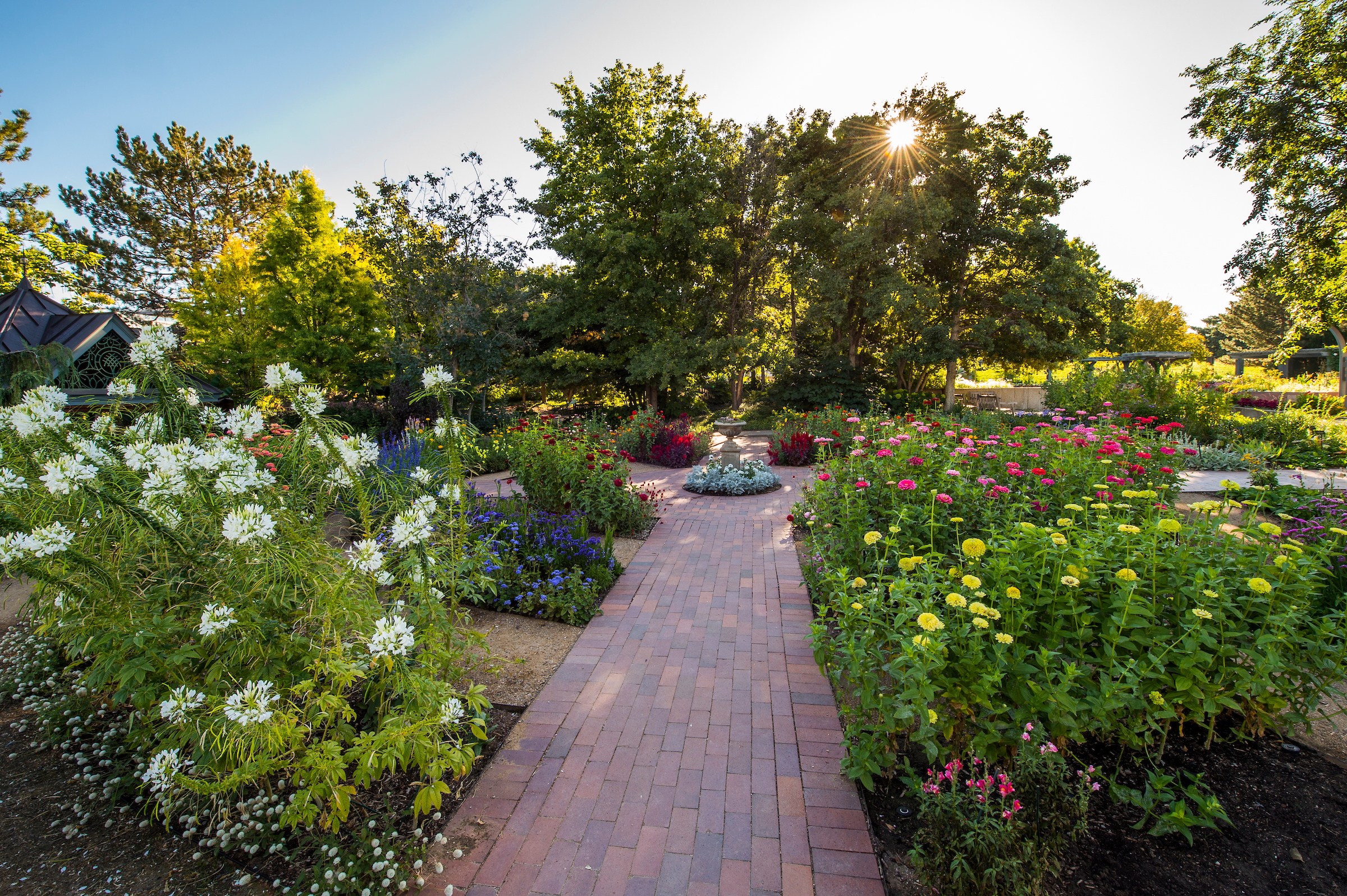
Alyssa Scott of Denver Botanic Gardens manages Lainie’s Cutting Garden at the York Street location, where she oversees these gorgeous blooms from early spring through the fall. Flowers include hydrangeas, zinnias, lamb’s ear, dahlias, amaranth, sedum, yarrow, phlox and more.
What are your tips for starting a cutting garden, especially if your thumb isn’t exactly green?
No. 1 is the principle of “right plant, right place.” For a successful garden, you should understand your growing space and climate. You need to know your garden’s USDA hardiness zone and what kind of sun and wind exposure it receives. Do you have an irrigation system, or do you rely solely on rainfall? Are you planting in-ground or in containers? The answers will determine what kind of plants you can grow in your garden.
Next, make a list of the plants you want to grow. Consider different shapes, colors, textures, heights and bloom time to ensure a diverse and exciting collection of flowers to choose from when creating arrangements. Do not overcrowd your garden; research the mature height and width of each plant when planning.
Do you want to start the plants yourself from seeds or cuttings, or purchase young plants from a local grower? Starting plants is more cost effective but requires indoor space to start them in late winter. Purchasing young plants ensures large enough plants for blooms in Colorado’s short growing season.
Once you have your planting plan ready, you can start preparing your garden. Most plants prefer a nutrient-rich, well-draining soil. Amending your soil with compost will improve the soil structure and nutrient content. If you are using containers for your garden, you can combine compost and potting mix or use straight potting mix. When the last frost has passed, start planting. Scott recommends adding some slow-release fertilizer, like Osmocote, to each hole as you plant, or you can fertilize with a water-soluble fertilizer on a regular basis.
Some flowers are so heavy when growing that the plant will bend and break without additional support. Use stakes, netting or twine to corral the plants before they begin to flower.
Always harvest your flowers in the morning or evening to avoid the heat of the day, and immediately place them in warm water. Cutting flower stems low on the plant will encourage branching and additional flower development. Cut 1 inch off the stem at a 45-degree angle and remove all foliage below the waterline to prevent bacterial and fungal growth.
Keep a gardening journal to record successes, failures, experiments and environmental notes. Tracking what you plant and how you maintain your garden each season will allow you to make calculated adjustments that will ensure a successful cutting garden in ensuing years.
How much sun, shade and water do cutting gardens typically need in Colorado?
Most cut flowers grown for arrangements require six to eight hours of direct sunlight daily. But with Colorado’s intense sun, Scott recommends morning sun and afternoon shade (if possible) to prevent sunburn. The amount of water required depends on the plants, but most cutting garden plants need at least 1 inch of water each week, whether it’s rainfall or irrigation. If you are irrigating, consider cycling your zones to run in the morning for intervals of five to 10 minutes at a time over the course of an hour so the water has time to seep deep into the soil.
Are there certain plants that pair well together?
Companion planting is a method of planting certain plants near others to encourage healthy soil, control pests and boost garden vigor. Plants like marigolds, amaranth, sedum and yarrow, and herbs like sage, chives, mint, lavender and basil attract beneficial insects and are also excellent fillers for arrangements. Remember, diversity is key when planning a sustainable and healthy garden.
Can you make cutting gardens more sustainable, especially in our dry climate?
Plant selection is the most impactful change that can be made to make cutting gardens more sustainable in our dry climate. Native and low-water plants are more likely to survive the harsh conditions we experience in Colorado. Examples include lisianthus, yarrow, larkspur, penstemon, columbine and blue grama grass.
Besides having gorgeous blooms, what are some of the benefits of having a cutting garden?
The cut flowers you see in your local supermarket are not typically locally sourced. The commercial cut-flower industry ships flowers that have been treated with various pesticides and preservatives around the world, which requires an enormous fuel input and releases a massive amount of carbon emissions. Planting backyard cutting gardens can benefit the planet by reducing dependency on the commercial industry.
On the local level, the diverse selection of plants in cutting gardens provides pollen, nectar and habitats for pollinators and beneficial insects, which will flock to your garden and consume unwanted pests.
Gardening is a fantastic way to boost your mood and well-being. Simply looking at green plants activates the autonomic nervous system, leading to physical and mental relaxation. Working in healthy soil also releases mycobacterium vaccae, a soil microbe, which enters our bodies when we inhale and activates serotonin in our brain, offers immunoregulatory properties and acts as an anti-inflammatory.
Also, is there any better feeling than giving flowers to a loved one or friend? Engaging with the community and sharing in social activities decreases feelings of depression, anxiety and stress.
Where can gardeners go for more support?
CSU Extension offices, master gardeners and garden clubs are incredibly knowledgeable and can provide additional information and support. Denver Botanic Gardens’ spring and fall plant sales are a great way to source plants and get plant recommendations and growing tips from our expert horticulturists.

